Some people tend to say that it’s easy to care for environment when you’re rich and privileged. This is undeniably true that in the city that is well designed and that takes into consideration not only demands and limitations for its citizens but puts on the first place their convenience, making compromises between what’s easy and what is important, seems much more feasible. This project is an exploration of the accessibility of the waste management system in Paris. The objective is to map it’s placement around the city and then analysing it in relation to how social housing is distributed in the city.
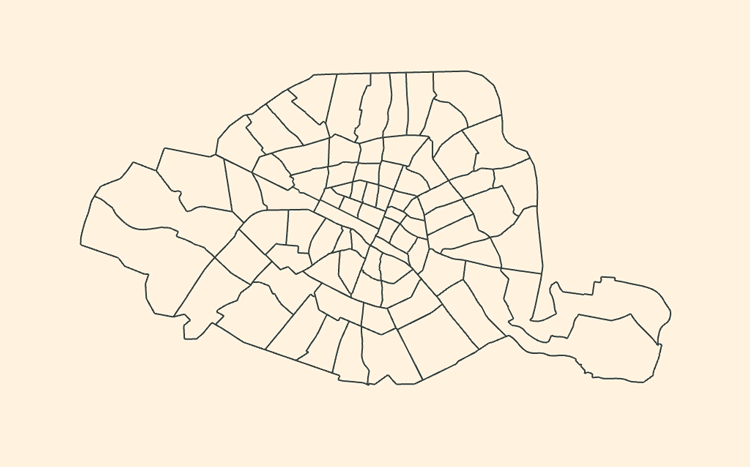
Data collection and mapping (with help of QGis)
1) Download the shapefiles of the neighbourhoods of Paris
2) Map all the places dedicated to waste management system like: recycling places, glass collectors, textile containers, compost disposal spots etc etc.
3) Map all the social housing spots in the city
4) Merge and filter these data
Area of Interest
Identify the choice of an area of interest based on the amount of social housing in the neighbourhood (with QGis).
In this case we will narrow it down to the 19th arrondissement of Paris, located in the north-eastern part of the city.
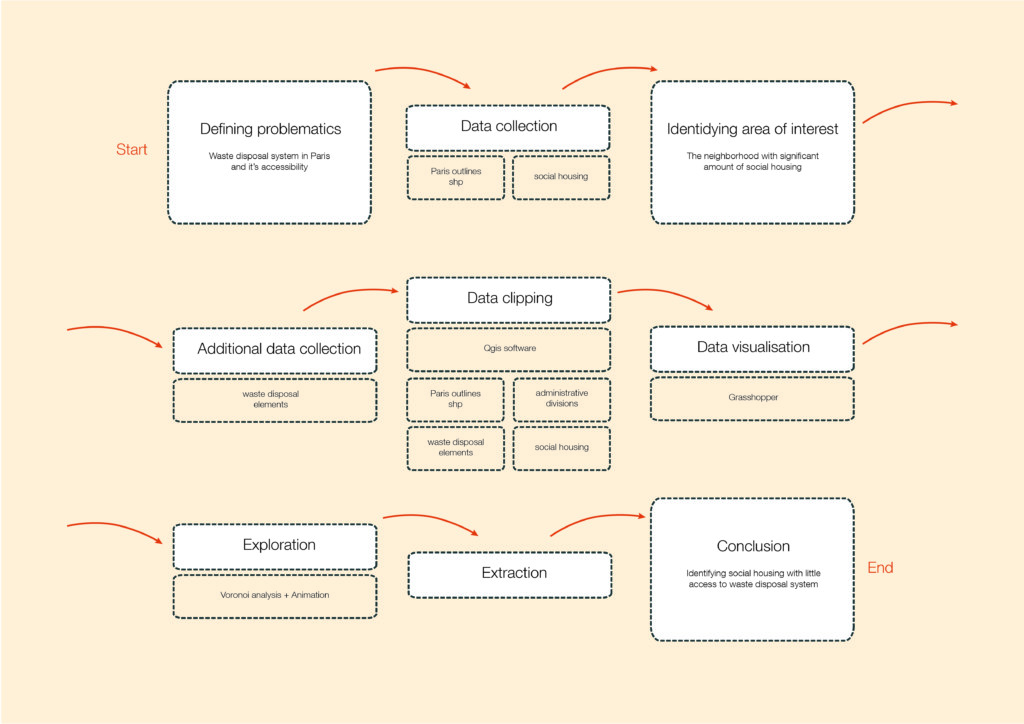
Data Import
Clip the data in QGIS and export it as shapefiles for further import into grasshopper.
Detail Analysis
1) Constructing the Voronoi polygons around waste disposal points in the neighbourhood
2) Identifying polygons from step 1 depending on social housing coverage (how many s.h. is informally assigned to one waste disposal point – white meaning the smallest number, gradually going through grays to black for the densest areas)
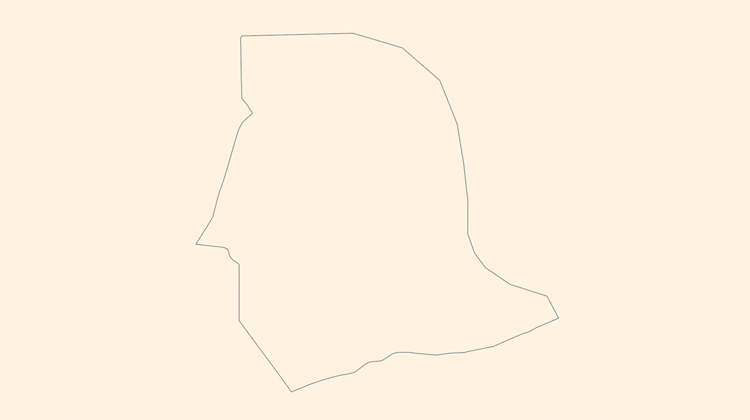
Detail Visualisation
List those polygons and place them on the chart accordingly to their coverage of social housing (from the least dense on the bottom of the chart to the densest ones at its top)
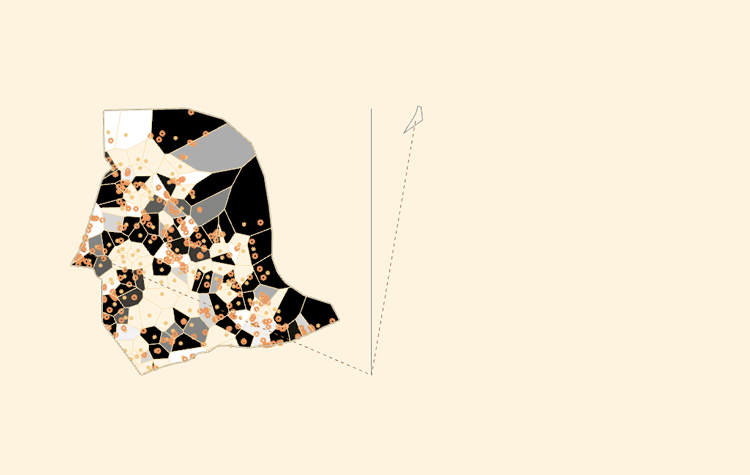
Conclusion
This analysis has been run and visualised in order to understand different potential or particular neighbourhoods and further on, to choose the areas for future intervention more easily. Thanks to analysis of this kind, we can identify areas that are in the most burning need of intervention and so, they will be more responsive for introducing new amenities and actions to rise environmental awareness.
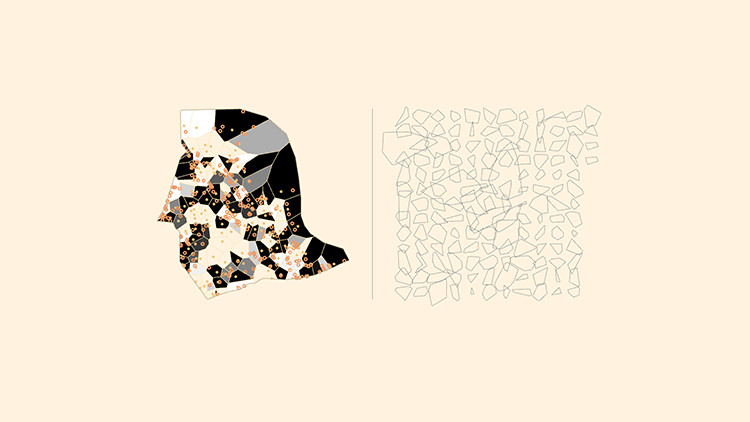
Source: opendata.paris.fr
A Space of Waste is a project of IAAC, Institute for Advanced Architecture of Catalonia developed Master in City and Technology in 2021/2022
Student: Weronika Sojka
Course: Computational Urban Design I
Faculty: Eugenio Bettucchi and Iacopo Neri